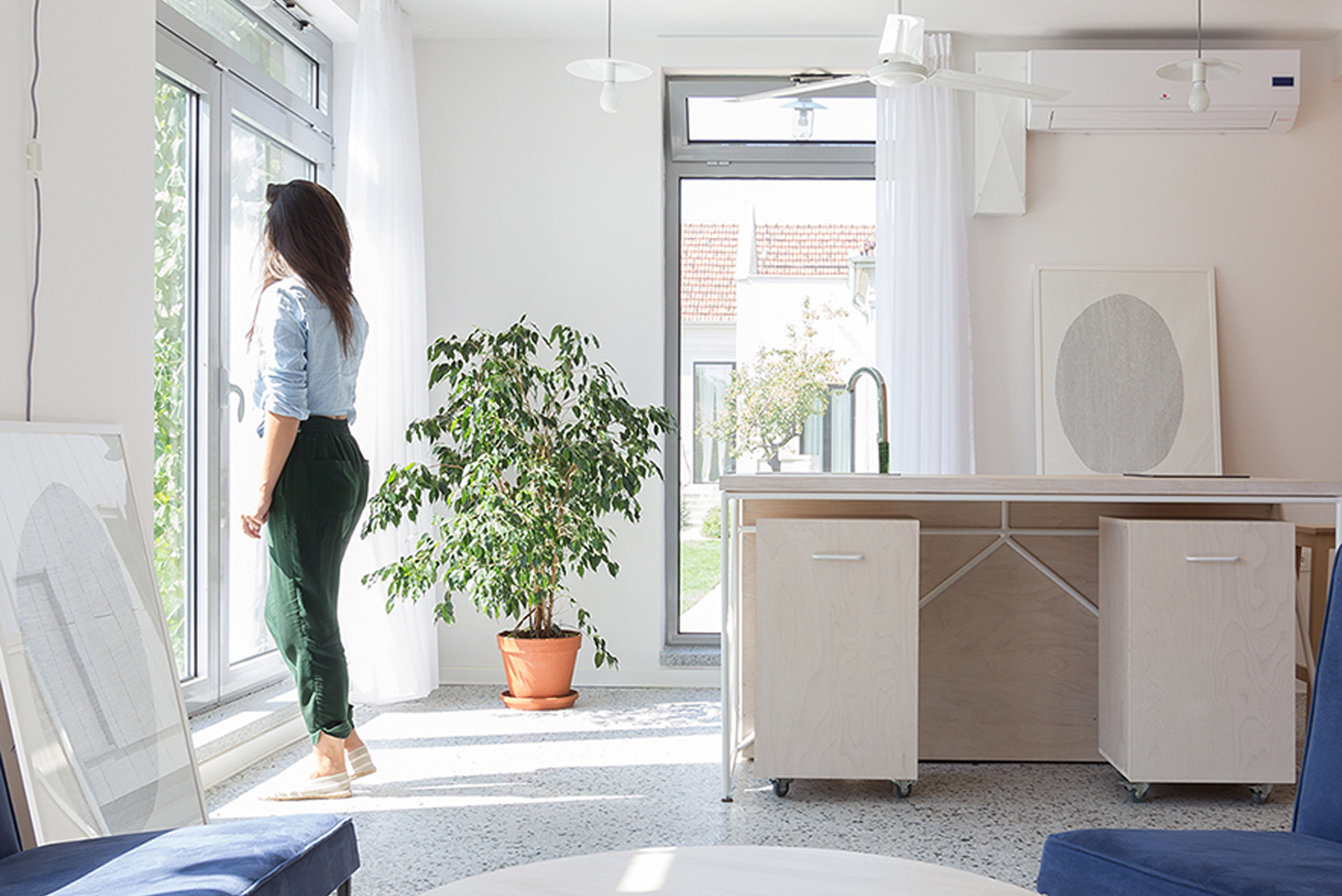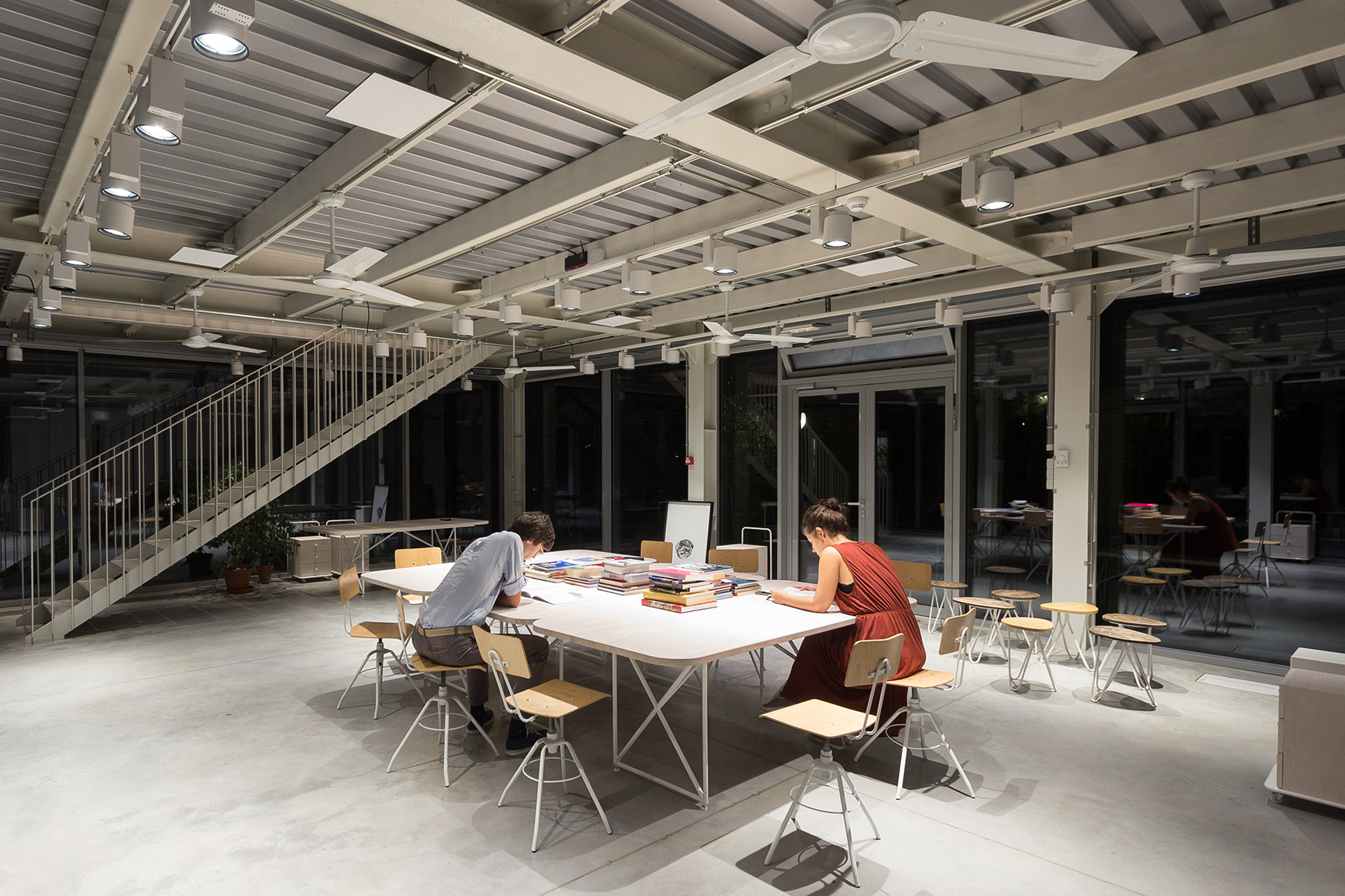In the rapidly evolving world of work, the concept of the office has undergone significant transformation. No longer just a place to clock in and out, modern offices are now dynamic spaces designed to foster creativity, collaboration, and productivity. However, achieving this balance between design and functionality is no simple feat. Companies and designers must carefully consider how to create an environment that not only looks appealing but also serves the practical needs of its users. This article explores the essential elements of office design, focusing on how to harmonize aesthetic appeal with functional requirements to craft the ideal workspace.

The Role of Design in Enhancing the Office Environment
While functionality is critical, the design of an office space should not be overlooked. A well-designed office can inspire creativity, boost morale, and reflect the company’s brand and culture. The challenge lies in blending design elements with practical considerations to create a space that is both beautiful and efficient.
Color plays a significant role in office design. Different colors can evoke various emotions and energy levels, so choosing the right palette is essential. For example, blue is often associated with calmness and focus, making it a popular choice for workspaces that require concentration. On the other hand, vibrant colors like yellow and orange can stimulate creativity and energy, making them ideal for brainstorming areas or creative industries.
Lighting is another crucial design element. Natural light is highly valued in modern office design due to its positive effects on mood and productivity. Large windows, skylights, and glass walls can help maximize natural light, creating a bright and inviting atmosphere. In areas where natural light is limited, designers should use high-quality artificial lighting that mimics daylight to reduce eye strain and maintain energy levels throughout the day.
Incorporating nature into office design, known as biophilic design, has also become increasingly popular. This approach emphasizes the use of natural elements such as plants, water features, and natural materials like wood and stone. Biophilic design not only enhances the aesthetic appeal of an office but also has numerous health benefits, including improved air quality, reduced stress, and increased creativity.
The Importance of Functionality in Office Design
Functionality is the cornerstone of any successful office design. An office that looks beautiful but fails to meet the needs of its occupants will ultimately be counterproductive. In contrast, a well-designed office should facilitate workflow, enhance communication, and support the physical and mental well-being of employees.
One of the primary considerations in functional office design is the layout. Open-plan offices have gained popularity for their ability to encourage collaboration and communication among employees. However, they are not without their drawbacks. Noise levels, distractions, and a lack of privacy can be significant issues in open spaces. To mitigate these problems, designers are increasingly incorporating flexible workspaces that allow employees to choose between collaborative areas and private spaces where they can focus on individual tasks.
Another key aspect of functionality is the furniture. Ergonomic furniture is essential for maintaining the health and comfort of employees, particularly in jobs that require long hours of sitting. Adjustable desks, supportive chairs, and properly positioned monitors can help prevent musculoskeletal issues and improve overall comfort. Additionally, the choice of furniture should complement the office’s layout, ensuring that it doesn’t obstruct movement or create clutter.
Construction to avoid foundation failure is another crucial consideration, especially when designing office spaces within newly built or renovated structures. Ensuring a solid and stable foundation is key to preventing long-term structural issues that could compromise the safety and functionality of the office space. Poor foundation construction can lead to uneven floors, cracks in walls, and other problems that detract from the office’s overall effectiveness and appeal. Addressing these issues during the construction phase is essential to maintaining a safe and productive work environment.

Balancing Design and Functionality: Strategies for Success
Achieving the perfect balance between design and functionality requires a thoughtful approach that considers the specific needs of the company and its employees. Here are some strategies to help create a workspace that harmonizes these two crucial aspects:
Understand the Needs of the Workforce
The first step in creating a balanced office environment is to understand the needs of the workforce. This includes considering the nature of the work being done, the number of employees, and their individual preferences. Conducting surveys or focus groups can provide valuable insights into what employees need to be productive and comfortable in their workspace.
For example, in a tech company where employees often work long hours on complex tasks, the priority might be on ergonomic furniture and quiet areas for focused work. In contrast, a creative agency might prioritize open spaces, vibrant colors, and flexible furniture to foster collaboration and innovation.
Incorporate Flexibility
Flexibility is key to balancing design and functionality. An office that can adapt to different tasks and work styles will be more successful in meeting the diverse needs of its users. This can be achieved through the use of modular furniture, movable partitions, and multi-purpose spaces that can be reconfigured as needed.
For instance, a large conference room can be designed with movable walls to create smaller meeting spaces when needed. Similarly, desks on wheels allow employees to rearrange their workspaces depending on the task at hand, promoting a sense of autonomy and ownership over their environment.
Prioritize Ergonomics and Well-being
Employee well-being should be at the forefront of office design. An office that prioritizes ergonomics and health will not only improve employee satisfaction but also reduce absenteeism and increase productivity. This includes providing ergonomic furniture, ensuring proper lighting, and incorporating elements that support mental health, such as quiet zones or relaxation areas.
Designing with well-being in mind also means addressing potential issues before they become problems. For example, poor air quality, inadequate ventilation, or uncomfortable furniture can lead to serious health issues over time, which can ultimately result in what is known as foundation failure in the office environment. By proactively addressing these concerns, companies can create a healthy and supportive workspace that stands the test of time.
Reflect the Company’s Brand and Culture
An office should be a physical representation of a company’s brand and culture. The design should align with the company’s values, mission, and industry, creating a cohesive environment that reinforces the brand identity. For example, a tech startup might opt for a modern, minimalist design with cutting-edge technology, while a law firm might choose a more traditional, formal design that conveys professionalism and trust.
Incorporating brand colors, logos, and messaging into the office design can also help reinforce the company’s identity and create a sense of unity among employees. Additionally, considering the cultural aspects of the company, such as its approach to work-life balance or collaboration, can guide design choices that support and enhance these values.
Consider Sustainability
Sustainability is an increasingly important consideration in modern office design. Companies are recognizing the importance of reducing their environmental impact and creating workplaces that are not only functional and beautiful but also eco-friendly. This can be achieved through the use of sustainable materials, energy-efficient lighting, and waste reduction practices.
For example, choosing furniture made from recycled materials, installing energy-saving lighting systems, and implementing recycling programs are all ways to create a more sustainable office environment. Not only does this align with broader environmental goals, but it also resonates with employees and clients who value sustainability.
Conclusion: Crafting the Ideal Workspace
Creating the ideal workspace is a complex but rewarding process that requires careful consideration of both design and functionality. By understanding the needs of the workforce, incorporating flexibility, prioritizing ergonomics, reflecting the company’s brand, and considering sustainability, companies can craft office environments that are not only visually appealing but also highly functional and supportive of employee well-being.
In the end, the goal is to create a workspace that inspires creativity, fosters collaboration, and enhances productivity, all while maintaining a strong foundation
